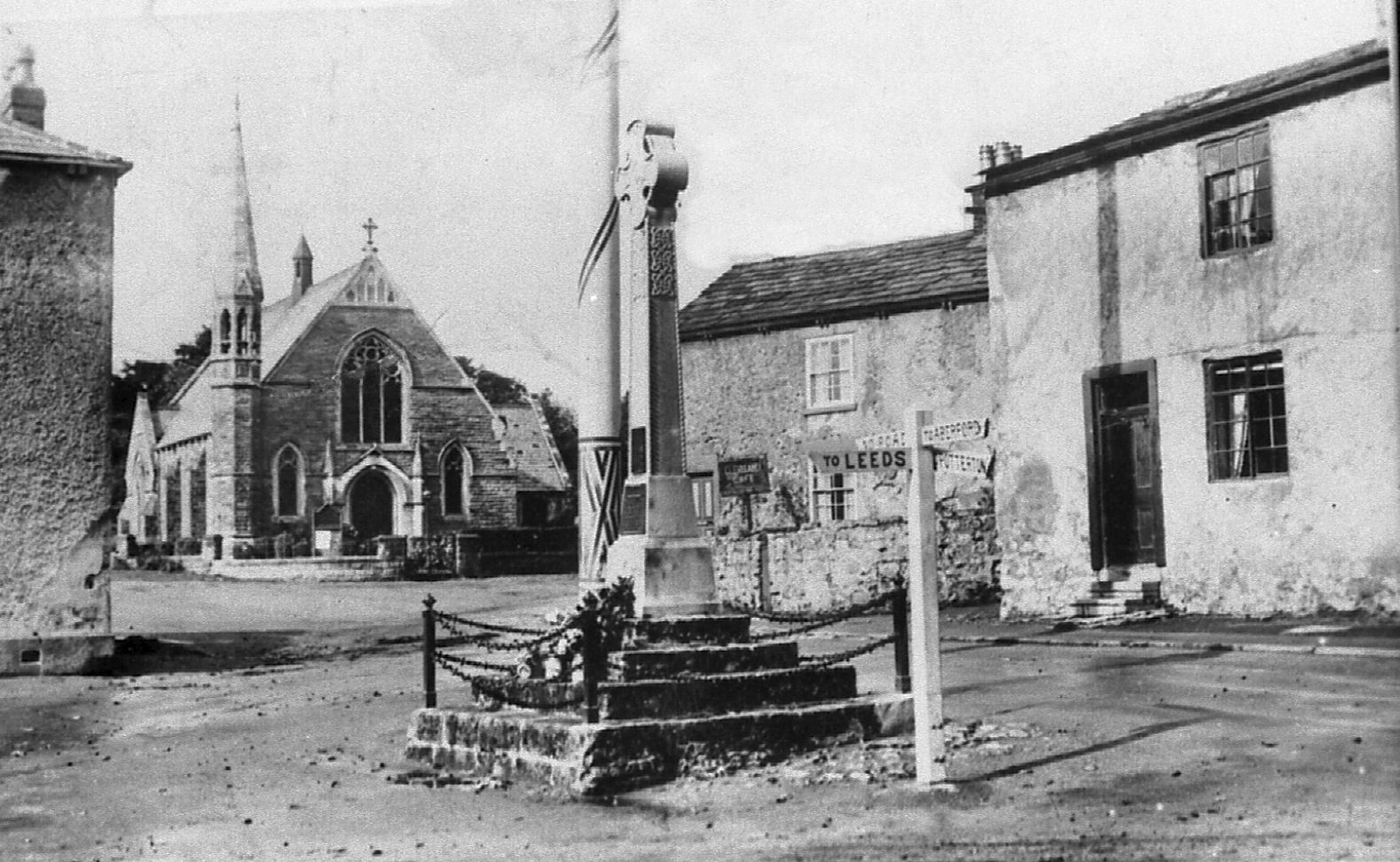The 16 men killed in the war were:
George Dobson Acomb
Hubert Dennison Acomb
Derrick Francis Childe
Clifford Noble Corlett
John Hunter
George Albert Joynes
Harold Morritt
Fred Mosby
Fred Mouncey
George William Myers
William Reed
Charles Robshaw
Alfred Allan Sowry
Ernest Thorpe
George Edward Wall
Joe Wilson.
|

